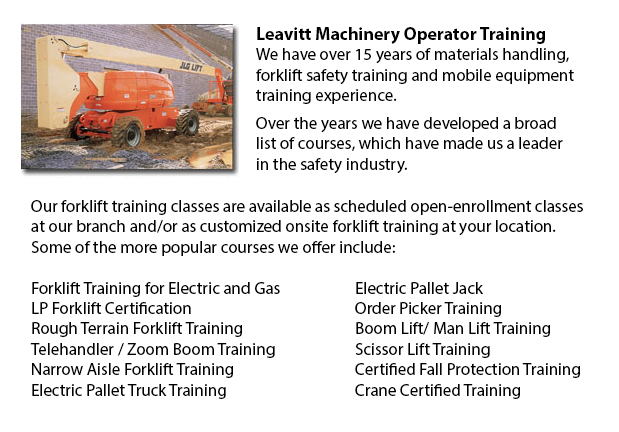
London Boom Lift License - Only completely licensed individuals must operate an aerial boom lift. Qualification could be obtained through a combination of sessions in the classroom and practical training with the specific kind of aerial lift that would be utilized on the job. A License is needed for anybody who works on or operates an aerial boom lift.
Various types of vehicle-mounted aerial devices include aerial ladders, extensible boom platforms, articulating boom platforms, vertical towers, and whichever combination of these kinds.
When using a boom lift, there are a few basic safety rules that apply to all boom lifts. Safety of the worker is a main concern while they are working in the basket. The worker must always have on a body harness and lanyard, connecting it to the boom or basket. Never tie off to a structure, equipment or an adjacent pole. Personnel should stand on the floor of the basket, and never sit or climb on the edge of the basket. The load restrictions of the manufacturer should be adhered to.
Lift operators should be certified to operate an aerial lift. The manufacturer's manual must be kept inside the lift and the operator should know all aspects of that particular unit. Operators are responsible for ensuring that safety procedures are followed in operating the lift. A daily test of lift controls must be carried out. Set brakes and position outriggers (if they are used) on a stable surface or on pads. If working on a slope, use wheel chocks.
Never move an aerial lift truck with an elevated boom while employees are within the basket. Extensible boom platforms and articulating boom made use of as personnel carriers must have accessible, plainly marked, upper controls. Except for in emergency circumstances, lower controls should not be used to override upper controls unless the individual within the lift gives permission.
While working from an aerial lift, do not wear tree or pole climbers.
The insulated part of the aerial lift must not be altered.
Do inspect the booms to make sure that it is correctly cradled and the outriggers are in the stowed position prior to moving.
Make certain that lifts being utilized near or in power lines are di-electrically tested and follow local rules.
-
London Crane License
London Crane License - Crane operators ought to be "credentialed", that means they must possess a crane operator license or certification. Credentialing is considered a mandatory governmental requirement in order to practice as a crane operator. Obta... More -
London Heavy Equipment Operator Training
London Heavy Equipment Operator Training - Training facilities which offer quality standards in the industry and not just provide field performing tasks but added equipment training are highly sought after. Accredited schools provide students the kno... More -
Telehandler Training in London
Telescopic handlers usually referred to as telehandlers for short, are a very popular piece of heavy construction machinery. They are usually utilized in the agriculture and construction industries. These machines have maximum reaching capacity and c... More -
London Boom Lift Certification
London Boom Lift Certification - Elevated work platforms allow maintenance operations and work to be carried out at heights which could not be reached by any other means. Workers utilizing boom lifts and scissor lifts can learn how to safely operate... More -
London Fall Protection Ticket
London Fall Protection Ticket - Fall-related accidents are the number one reason of death within the construction industry. The potential for fall incidents really increases based upon the kind of work that is being completed within your workplace. T... More -
London Forklift Safety Training
London Forklift Safety Training - Anybody who wants to operate a lift truck should take a forklift safety training program to become a certified forklift truck operator. There are several ways to obtain forklift training. Programs are provided throug... More -
Operator Safety Training, Re-Qualification Training, In-House Instructor Training in London
Lift trucks are used in nearly all warehouse operations and in boat yards and in industrial construction sites. The reach feature of a forklift is a vital component used in various applications like for instance whenever a shelving system is being us... More -
London Boom Lift Safety Training
London Boom Lift Safey Training - Boom lifts are a type of elevated work platform or aerial lifting device that are commonly utilized in construction, industry, and warehousing. Boom lifts can be used in practically any surroundings due to their vers... More

Forklift Certification London
TOLL FREE: 1-888-254-6157
London, Ontario
forkliftcertificationlondon.com
Email Us
About Us


